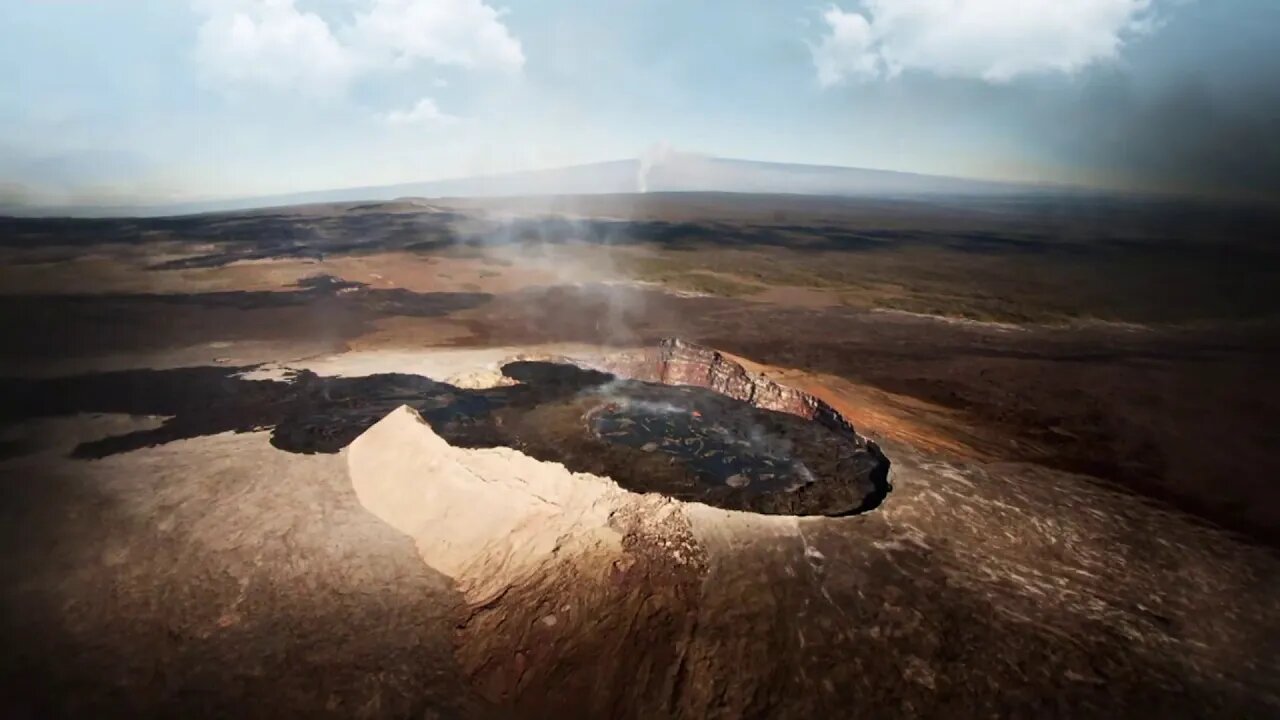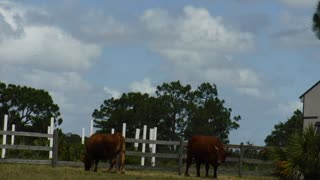Premium Only Content

Venus in a Minute
Our sister planet Venus could serve as a model for many exoplanets soon to be discovered in the upcoming era of new space telescopes, such as James Webb and others. Venus may have been far more Earth-like than its present climate state, which is inhospitable and more like that inside a pressure-cooker oven with surface temperatures of 450 C (842 F) and pressures equivalent to 1,000 meters (0.62 miles) under the sea. How did Venus evolve from a past "habitable" state to its present one, and how does that help us understand our own destiny?
Video credit: NASA's Goddard Space Flight Center
James Tralie (ADNET):
Lead Producer
Lead Editor
James Garvin (NASA, Chief Scientist Goddard):
Scientist
Stephanie Getty (NASA/GSFC):
Scientist
Narrator
Giada Arney (NASA):
Scientist
Natasha Johnson (NASA/GSFC):
Scientist
Aaron E. Lepsch (ADNET):
Technical Support
Music: "Save us All" by Alec Michael Harrison via Universal Production Music
This video is public domain and along with other supporting visualizations can be downloaded from NASA Goddard's Scientific Visualization Studio at: https://svs.gsfc.nasa.gov/13640
If you liked this video, subscribe to the NASA Goddard YouTube channel: https://www.youtube.com/NASAGoddard
Follow NASA’s Goddard Space Flight Center
· Instagram http://www.instagram.com/nasagoddard
· Twitter http://twitter.com/NASAGoddard
· Twitter http://twitter.com/NASAGoddardPix
· Facebook: http://www.facebook.com/NASAGoddard
· Flickr http://www.flickr.com/photos/gsfc
NASA, Goddard Space Flight Center, Venus, Planetary Science, Space, Exploration,
-
 5:32
5:32
Kurt's News
2 days agoTrump Being INVESTIGATED For "Threats" Against Liz Cheney
371 -
 3:20
3:20
Indepth Gaming
2 years agoVenus: Improbable Dream 3 Minute Achievement Guide on Xbox
36 -
 1:00
1:00
RealPatriotCane
3 years agoTranquility Minute at #VenusRanch in Venus Florida
19 -
 1:00
1:00
RealPatriotCane
3 years agoTranquility Minute at #VenusRanch in Venus Florida
6 -
 10:11
10:11
TrashCrafting
2 years ago30 Minute mission
2 -
 1:47:49
1:47:49
The Quartering
3 hours agoTrump Victory MELTDOWN Goes Nuclear!
84.1K20 -
 1:40:49
1:40:49
SLS - Street League Skateboarding
10 days ago2024 SLS Sydney: Women’s Knockout Round
39.8K1 -
 LIVE
LIVE
Savanah Hernandez
1 hour agoWE ARE SO BACK: America’s Golden Era Has Begun
1,300 watching -
 56:02
56:02
Uncommon Sense In Current Times
1 hour ago"Are You a House Negro Or a Field Negro? A Faith Perspective on Freedom with Kevin McGary"
6.6K1 -
 17:53
17:53
DeVory Darkins
4 hours agoThe View SELF-DESTRUCTS as Kamala CONCEDES Election
36.2K73